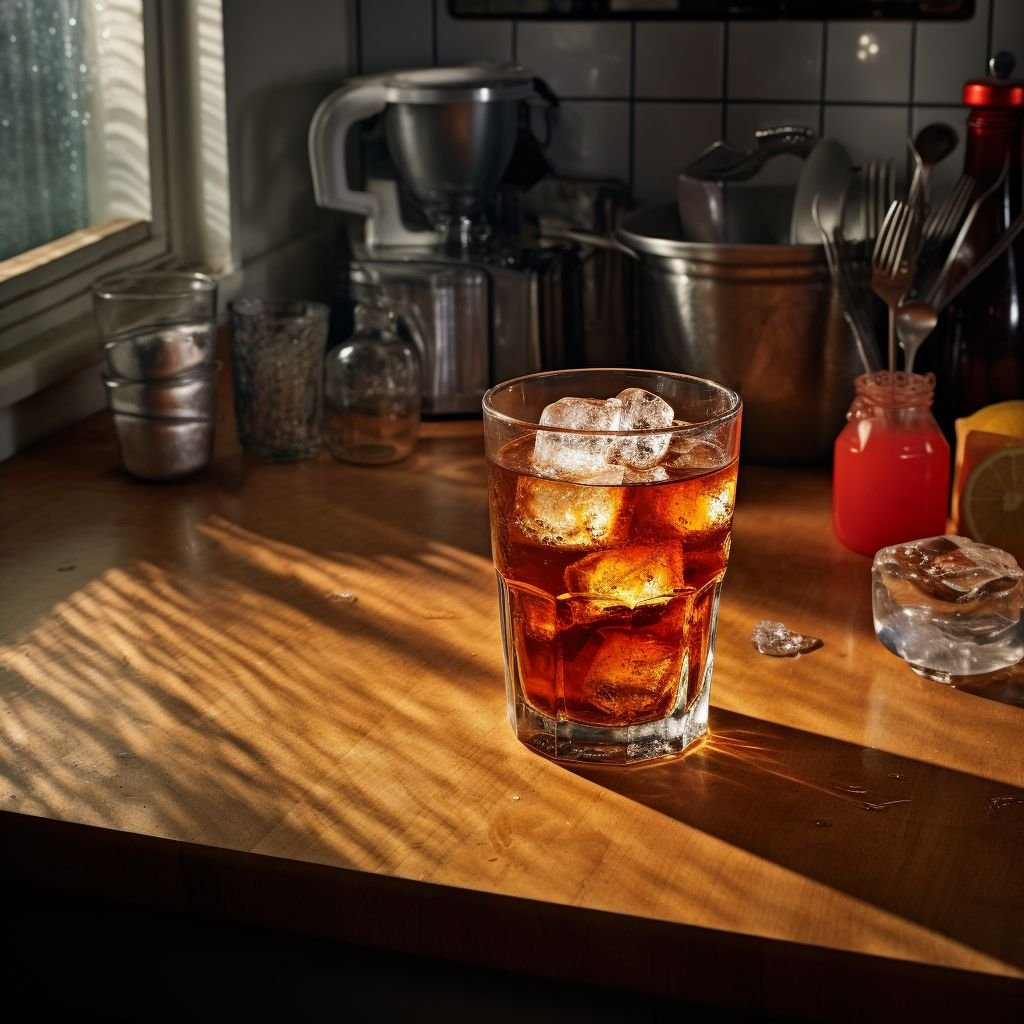The cultural preferences surrounding ice in beverages can be both fascinating and perplexing to outsiders. In the United States, ice-cold drinks are the norm, to the extent that many Americans find a beverage without ice to be incomplete. Contrast this with the British preference for less or no ice, and the temperature at which a drink is served becomes a subtle but distinct cultural marker.
This interesting divergence prompts a deeper exploration into the reasons behind these distinct preferences.
Cultural Dynamics and Climate Influence
The love of Americans for ice in their drinks can be significantly attributed to environmental factors. The United States, particularly regions like the South, often experiences high temperatures and humidity. Ice-cold beverages offer a respite from the heat, making them a natural preference for refreshment and comfort.
Conversely, the British climate is generally more temperate and does not necessitate the same demand for ice. While the United Kingdom does have warmer spells, the overall cooler climate means that a lukewarm beverage is less likely to be seen as unappealing.
Historical Beverage Habits
American history reveals that the widespread availability of ice in the 19th century, notably through innovations like commercial refrigeration and ice manufacturing, made chilled drinks widely accessible. This led to a culture where ice was synonymous with freshness and luxury.
The history of British beverage consumption has been shaped more around traditional teas and ales, which are typically served at room temperature or warm. This has influenced current preferences, making ice less central to the British drinking experience.
Perceptions of Flavor and Strength
Americans have developed a palate that tends to associate abundance of ice with full flavor. The quick cooling provided by ice cubes can make certain flavors in sodas and cocktails more pronounced.
In contrast, many Britons believe that ice dilutes the flavor of a drink, particularly when it comes to spirits. The British preference for less ice is tied to a desire to preserve the drink’s authentic taste and strength.
Different Attitudes to Hydration
In America, there is a strong culture of constant hydration, with many people carrying water bottles and expecting ice water to be served immediately upon sitting down at a restaurant. This habit extends to an expectation for ice in most cold beverages.
The British tend not to share the same level of preoccupation with constant hydration, and are more likely to sip their drinks slowly over time, which might also explain the lessened need for ice. A drink without ice won’t warm up as quickly in the cooler British climate, reducing the need to consume it quickly before it reaches an undesirable temperature.
Service Expectations and Experiences
The American service industry is known for its customer-centric approach, with an emphasis on providing plenty of ice as part of excellent service standards. This perpetuates the expectation and normalization of ice in drinks.
British service standards emphasize different aspects of the dining experience, and while customer satisfaction is crucial, it does not typically translate into a default offering of ice.
Examining these differing cultural attitudes reveals that preferences for ice in beverages are shaped by a combination of climate, history, flavor perceptions, hydration habits, and service expectations. Whether in the United States with a chilled glass brimming with ice or in the United Kingdom where drinks often come with less or no ice, beverage service on both sides of the Atlantic is deeply rooted in distinct cultural practices.
